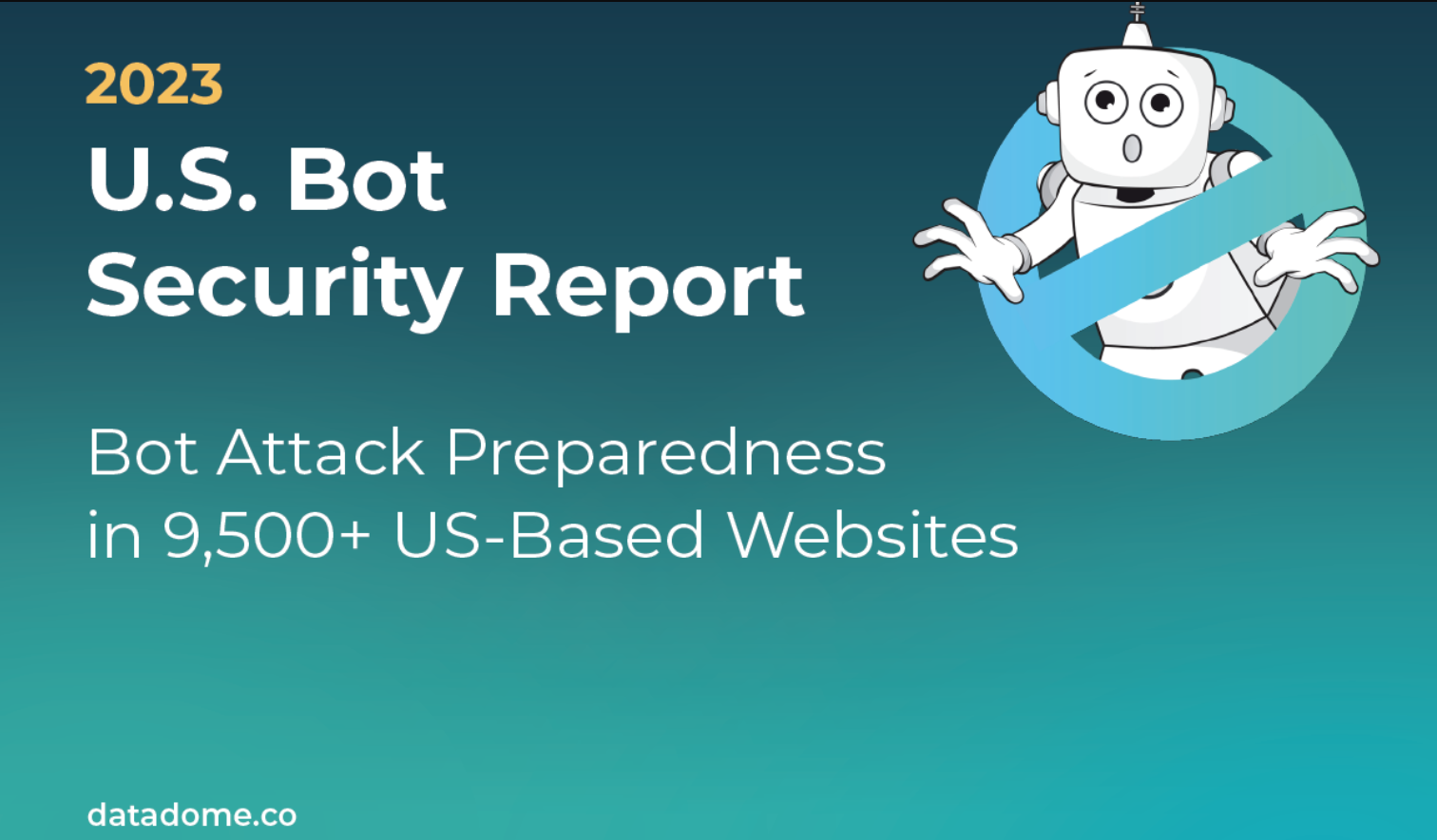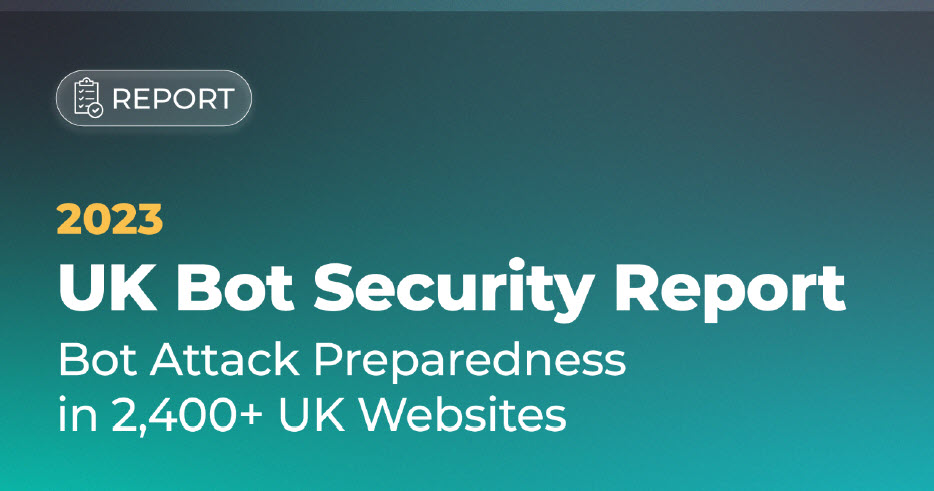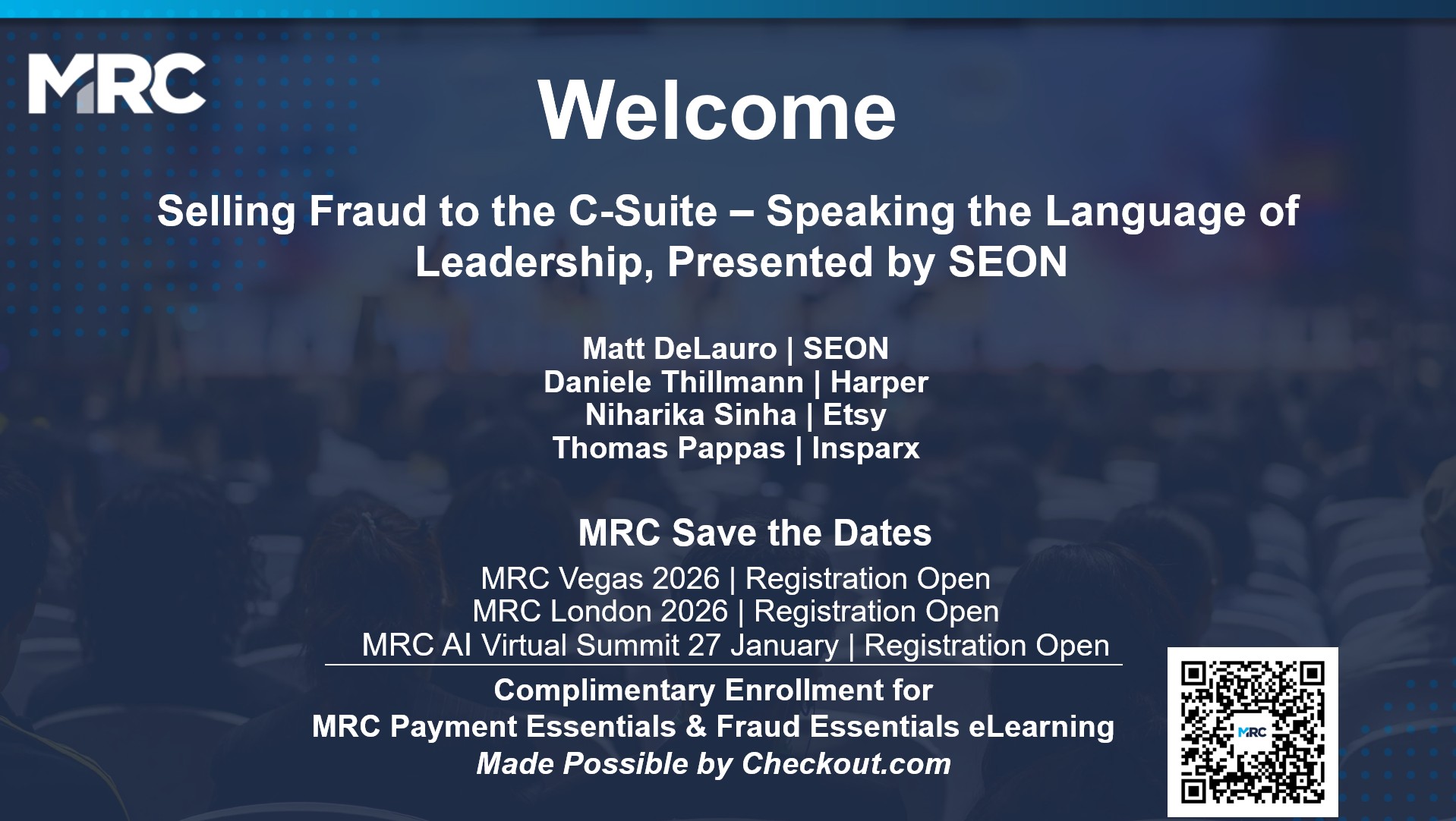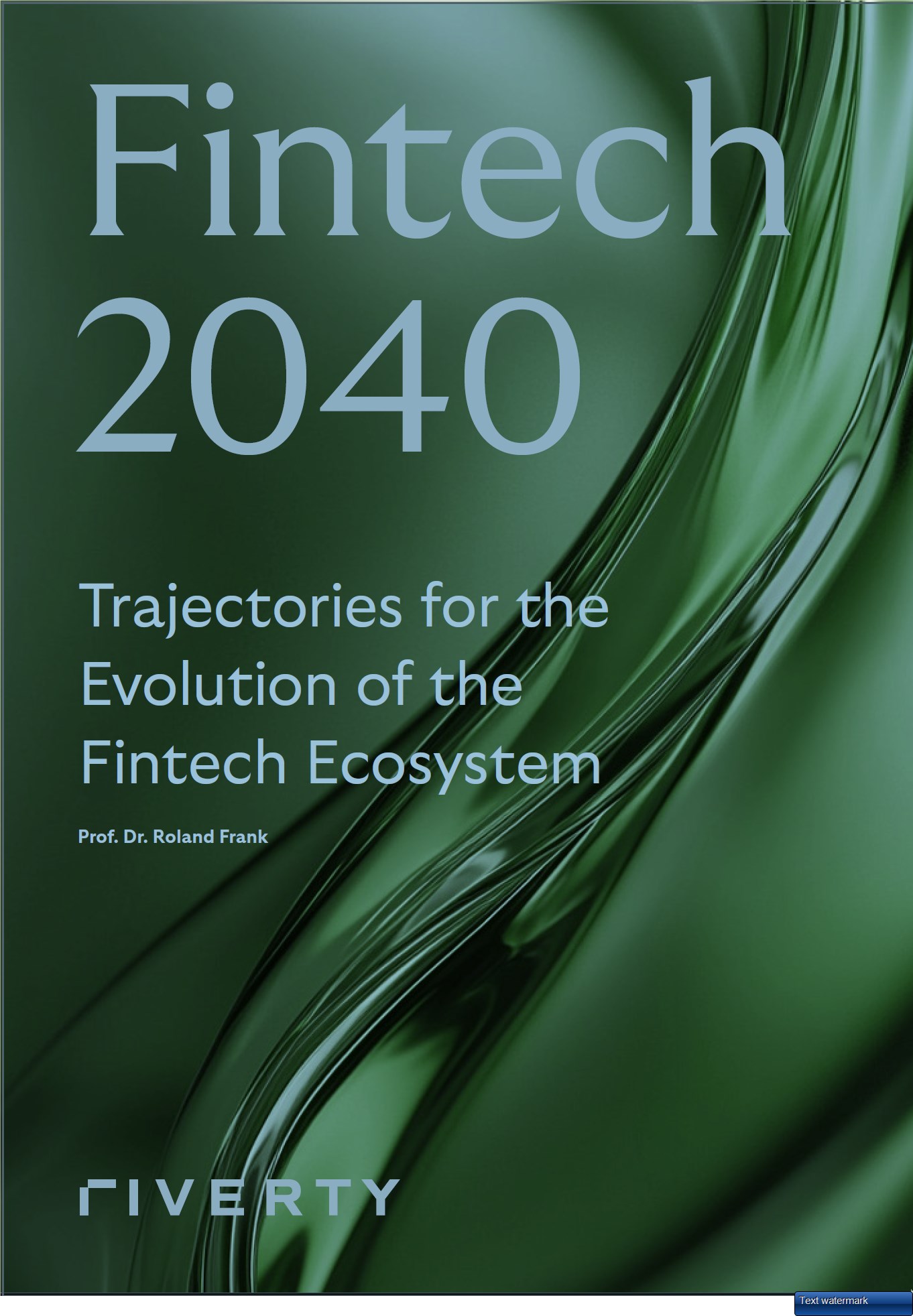Help Stop Online Fraud Using Multi-factor Authentication
Fraud
KPI/Analytics
Authentication
Multi-factor Authentication
William Newhouse -- National Institute of Standards and Technology (NIST), National Cybersecurity Center of Excellence (NCCoE)
Mar 22, 2019
Presentations
The National Cybersecurity Center of Excellence, part of the National Institute of Standards and Technology within the U.S. Department of Commerce, is tasked with addressing key cybersecurity challenges and collaborates regularly with the private sector on standards-based solutions to these issues. Here the the NCCoE details their approach to multi-factor authentication, including the reference architectures and framework design. The project status and supporting documentation are also referenced, along with a detailed appendix containing standards and best practices from a framework perspective.
Some content is hidden, to be able to see it login here Login

Host a Webinar with the MRC
Help the MRC community stay current on relevant fraud, payments, and law enforcement topics.
Submit a Request
Publish Your Document with the MRC
Feature your case studies, surveys, and whitepapers in the MRC Resource Center.
Submit Your Document














